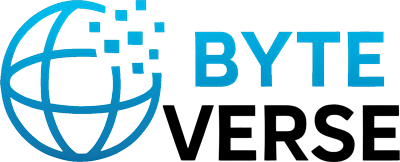A Moment India Cannot Afford to Miss
Every nation has its inflection points — moments when the decisions taken determine its trajectory for generations.
For India, one such moment is now.
The global herbal & plant-based wellness market is set to exceed $1 trillion by 2050, driven by rising health awareness, climate concerns, and a return to natural remedies. Whoever builds the infrastructure, credibility, and scale to dominate this market in the next decade will write the rules for the rest of the century.
Softa Technologies Limited (STL), with its Jharkhand Udhyam Shakti Medico-Agritech Project, is positioning India not merely as a participant, but as the architect of the new herbal economy.
A Model Rooted in India’s Strengths
What makes STL’s vision powerful is that it doesn’t try to copy Western or Chinese industrial farming.
Instead, it leverages India’s own advantages:
Biodiversity unmatched in any single country.
A living tradition of medicinal knowledge passed down over millennia.
A vast rural workforce eager for dignified, well-paying, tech-enabled jobs.
By marrying these strengths with AI, IoT, precision farming, and vertically integrated supply chains, STL is creating the first truly Indian blueprint for a global agro-industrial revolution.
Vision 2050 — The Green Gold Nation
By 2050, STL envisions:
Operations in 20+ states, each with central hubs and satellite collection units.
Exports dominating premium herbal segments, making India one of the Top 3 Ayurvedic exporters globally.
Millions of rural jobs sustained through diversified product lines — from pharmaceutical-grade extracts to gourmet herbal infusions.
India recognized globally as the ethical, sustainable, culturally rich alternative to industrial herbal giants.
And beyond the numbers, a deeper transformation: villages turning into innovation hubs, tribal elders becoming shareholders, women leading export cooperatives, and Indian herbs sitting proudly on shelves from Tokyo to Toronto — each carrying a piece of Bharat’s soul.
The Strategic Imperative — Why Stakeholders Must Act Now
This is not just STL’s project.
It is a national strategic asset in the making.
For policymakers — It’s a chance to back a homegrown model that aligns perfectly with climate goals, rural upliftment agendas, and export ambitions.
For investors — It’s a rare opportunity to enter a market before it explodes, with a model that has multi-sectoral resilience.
For civil society & media — It’s a story worth amplifying, showing that rural India is not a burden but a wellspring of innovation.
For the Indian diaspora — It’s a bridge to reconnect with roots while shaping India’s global narrative.
A Call from Jharkhand to the World
The seeds have been planted — in boardrooms, in village meetings, in research labs, and in the minds of policymakers.
But seeds alone are not enough. They need capital, policy support, and collective will to grow into the forest of change STL envisions.
This is more than agriculture.
It’s about sovereignty over wellness, ownership of heritage, and leadership in a sector the world is only beginning to rediscover.
The Closing Image
Picture this:
A young woman in rural Jharkhand stands in a climate-controlled processing unit, scanning medicinal herbs with an AI-assisted device. On the other side of the world, a consumer in Berlin picks up a herbal tonic labeled “Proudly grown in Bharat’s Green Gold Belt”.
Between them stretches a chain of technology, tradition, and trust — one that runs straight through STL’s vision.
This is the India we can build together.
And if we choose to, the world will know it by name. If you agree, I can now merge all four sections into one seamless, 15,000–20,000+ word master article — fully refined for world-class media publishing, with academic depth and search-engine dominance. That way, it will serve as both a persuasive public document and a permanent digital anchor for STL in search & AI results.
